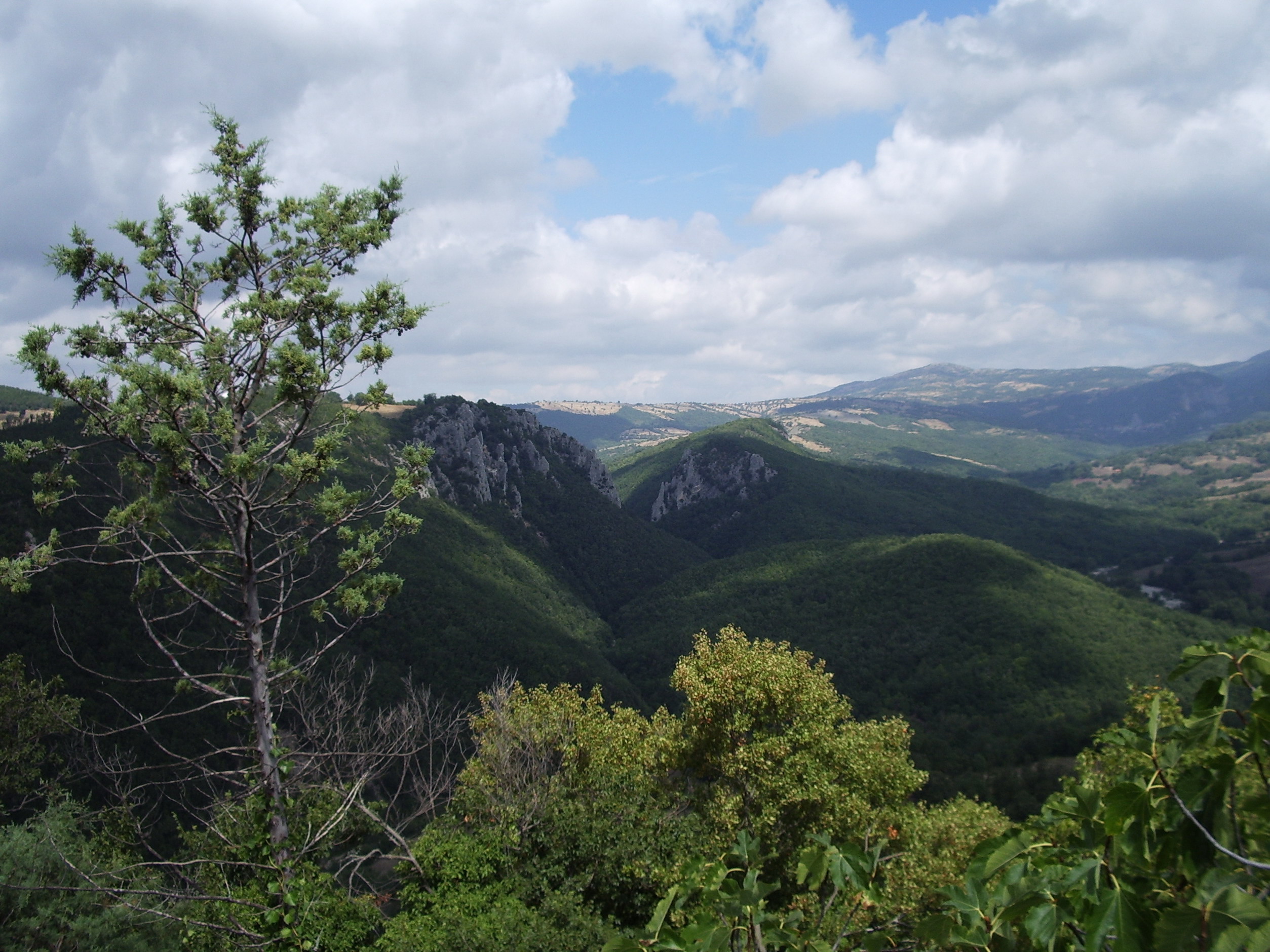The Albegna and Fiora hills occupy the central-southern part of the province of Grosseto, straddling the two watercourses of the same name, and extend into the municipal areas of Magliano in Toscana, Scansano, Roccalbegna, Semproniano, Manciano and Capalbio. The area also includes the hilly areas north of the Albegna which fall within its watershed.
Territory
The geographical area is closed to the north by the volcanic cone of Monte Amiata, to the east it extends beyond the river Fiora in the ‘Area del Tufo (covering the municipalities of Pitigliano and Sorano) which constitutes its eastern appendix, is bounded to the south by the border with the Lazio region , to the south-west it slopes gently towards the Grosseto Maremma, while to the north-west it is in continuity with the south-eastern hilly offshoots of the < strong>Ombrone Valley.
Among the gentle hills, some valleys open up along the torrential streams that converge towards the two main rivers of the area, the ‘Albegna and the Fiora.
The landscape is characterized by chestnut groves which cover the highest peaks of the hills in the area between Roccalbegna and Semproniano, where they reach 769 meters above sea level. on Monte Faete, while at the lower altitudes there are Mediterranean maquis and cork oak forests; river vegetation is present along the watercourses.
At the foot of the medieval village of Saturnia, there are the renowned sulphurous thermal springs, with both free and equipped establishments. (find out more about the Terme di Saturnia).
In Saturnia there is also the Archaeological Museum, housed in a single room on the second floor of the elementary school of Saturnia, in via Italia. The main pieces come from the collection of Gaspero Ciacci, who between the end of the 19th and the 1930s gathered a large quantity of ancient finds, the result of excavations. In 1932 some terracotta from the locality of Poggio Sugherello were also added, while other finds gradually were donated to Ciacci by peasants and small owners landowners of these areas, such as some prehistoric finds from Botro del Pelagone.
Among the objects on display, three small duck-shaped jugs stand out. However, there is no shortage of banquet equipment, oil lamps, jewels, pottery, bowls, a curious phallic amulet and an interesting crater with four handles (575-550 BC) on which small faces are carved in bas-relief.



